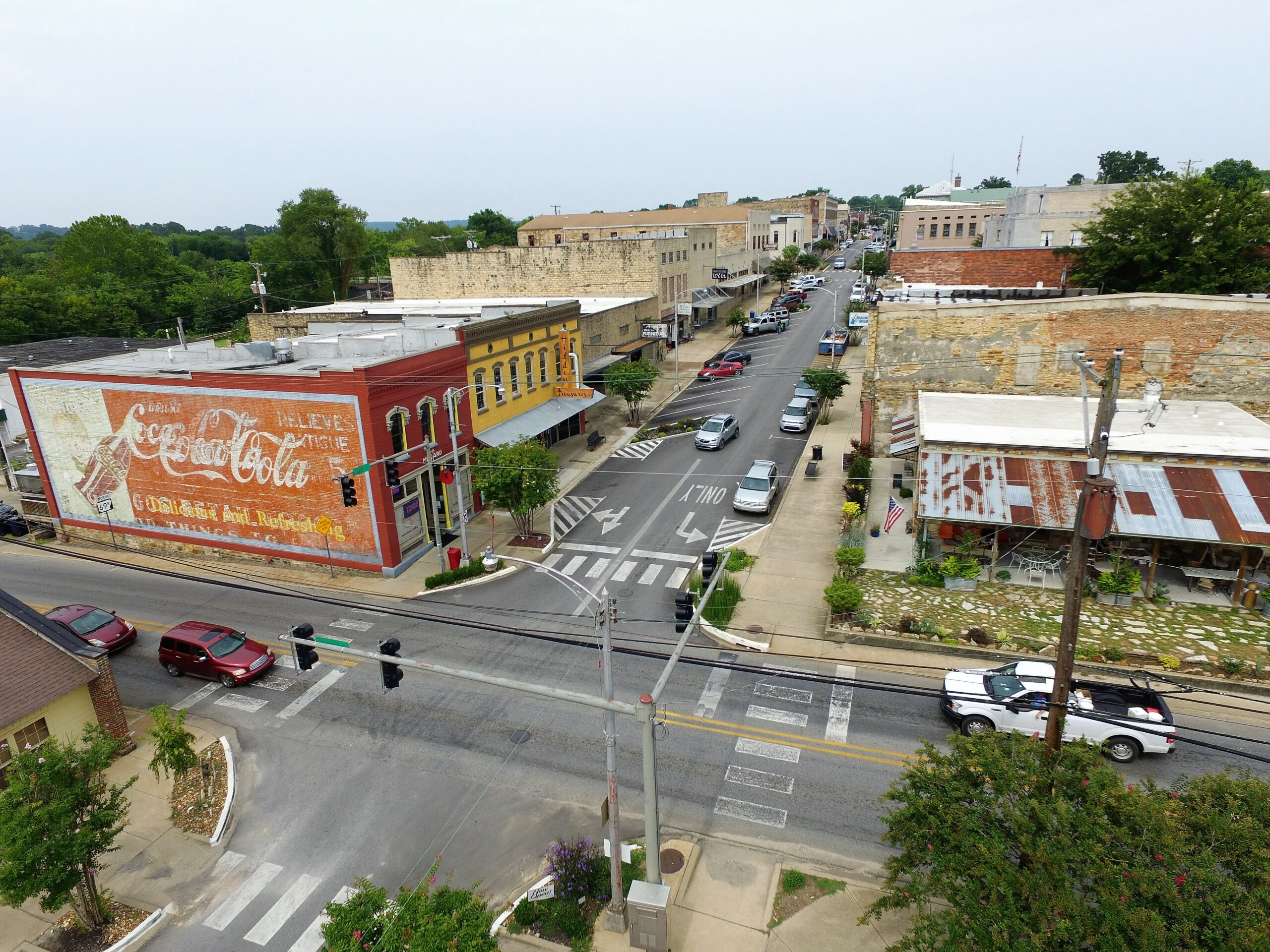Batesville Mayor Rick Elumbaugh has a lot to smile about these days, given the run of prosperity and growth his community is experiencing. Provided the opportunity, he’ll extol the benefits of the new community center, the walkable Main Street, even the work completed on the wastewater treatment plant. In these ways and hundreds of others, he’ll tell you, the community sowed fertile seed for business growth and expansion while luring residents to come fill high-paying jobs.
Underpinning all of these accomplishments, he’s also quick to point out, was the comprehensive city plan the city completed 10 years ago that helped point the way for the city to accomplish what it has.
“In ’07 and ’08, the stock market and everything went crazy,” Elumbaugh said. “We were in the process of possibly losing our poultry industry, and we’re 2,000-plus strong in poultry employees. We had one company, Townsend’s, that filed bankruptcy. Pilgrim’s Pride was struggling.
“I took office in ’07 and I found plenty of plans with a lot of dust on them, but those plans had never been implemented. This was the starting line for our community.”
What followed was creation of a new comprehensive city plan, a useful, and some might say essential, process of determining how growth should happen within a community.
A city plan “is a comprehensive look at a city’s growth policies and development policies and an analysis of all the data that affect those elements,” said Jim von Tungeln, a planning/zoning consultant with the Arkansas Municipal League, who worked on the Batesville plan. “Traditionally, it involves at least three areas such as future land use for parcels in the city, the transportation system, a master street plan, a master transportation plan and community facilities such as parks, public buildings, police stations and fire stations.
“It’s not strategic planning. It’s not planning for school systems. It’s not planning for things like industrial development particularly. It’s more concerned with having land available for industrial development,” von Tungeln said.
Having been involved in the industry since 1971, von Tungeln has seen his share of trends and shifting philosophies when it comes to comprehensive city planning.
“When I went into the business it was at the very end of the Great Society Program. At that time, the country had the belief that it could attack social problems and solve them through things like good planning,” he said. “The urban designers took over planning a decade or so ago and their belief is that you can design your way out of all sorts of problems. The old urban planners like me don’t believe that’s necessarily so, that it has to be a sound sociological and political-economic administration approach to developing cities.
“In recent years, there’s been greater recognition of how good urban planning affects economic development. So those two are beginning to merge.”
One good example of this is Bentonville, where the comprehensive city plan not only helped identify elements in the community that would be conducive to business growth, but dovetailed into other plans within the city, including those for the city’s parks, its Main Street and Bentonville Blueprint, a plan for overall economic development.
“The city plan set the stage for us to work toward achieving a vision,” said Shelli Kerr, planning services manager for the city of Bentonville. “What it allowed us to do was think ahead. It set the stage to where we could take a look at our regulations and our policies to make sure they’re consistent with our plan. Then when projects come through, we’ve already got everything in place to get the type of development that we’re looking for.”
Bentonville completed a comprehensive city plan in 2007 and took on the process again in 2015 to help define the character of a community beset by runaway growth. That plan was adopted just last year.
“One of the driving forces behind getting the plan going was the character of the community was changing,” Kerr said. “We needed to get a feel from the residents, the business owners and the stakeholders what direction they wanted to go instead of just following along whatever happened. We decided to craft that vision and work toward achieving that.”
Depending on the circumstances, it’s not unusual for comprehensive city plans to take years to complete and, once finished, generally covers 10 to 20 years. Given that scope, the best plans build in a certain amount of flexibility to account for the unforeseen that may occur during the effective life of the plan.
“A good comprehensive plan allows for options. It will set standards for the goals of the community,” said Brad Lonberger, senior project manager for Texas-based consultant Kimley-Horn. “What you don’t want is for it to be the basis for decisions against great opportunities.
“I think a comprehensive plan could start to set the stage for key study areas where opportunities can be discovered. Oftentimes we’re seeing if you do a 20-year, it might be updated five years later to account for major changes.”
Lonberger said another trend in comprehensive city planning is building action plans that help keep various community stakeholders accountable for implementation.
“A lot of comprehensive plans strive to establish policy and ideals and goals, but they lack the ability to establish how to follow through,” he said. “There are no implementation standards, or they start to paint by color how land use should be distributed based on a desired outcome.
“As planners, we are striving for action items and implementation steps, the short-, medium- and long-term goals of the comprehensive plan that help you realize your policies. They’re more nuanced, less generalized and more direct to the community and its desires and goals versus a boilerplate way to perform things.”
Back in Batesville, Elumbaugh said the process is already underway to embrace the formal planning process once again.
“It’s time to upgrade and bring everyone back into our community in another charette and see where we want to go from here,” he said. “The momentum is there, we’ve had a lot of wins, but if you’re not improving your community and moving forward, your neighbor is. If you want to keep up, you’d better think progressively and continue to dream.”
Plan your work, work your plan: Comprehensive City Planning Helps Communities Grow Intelligently



